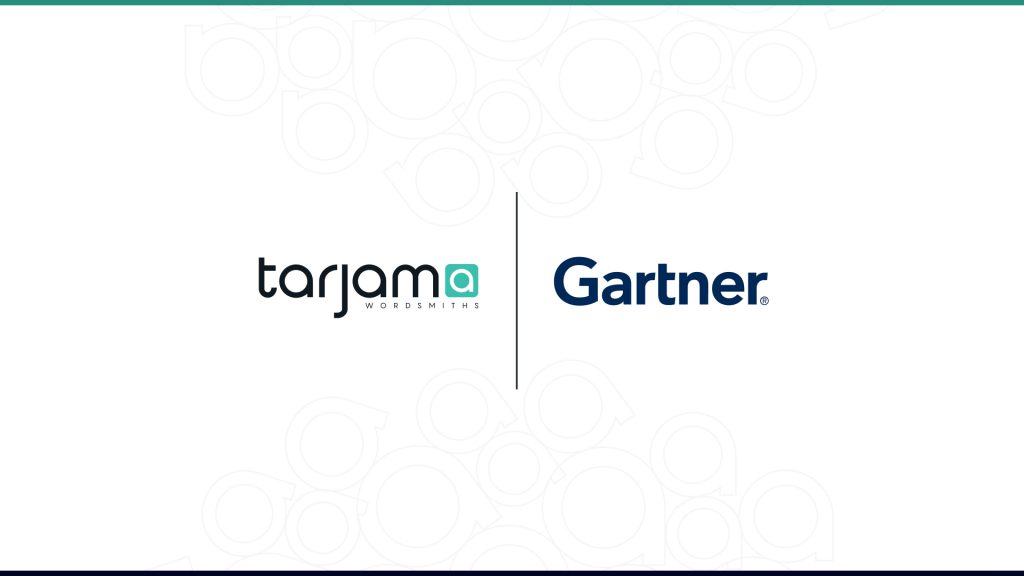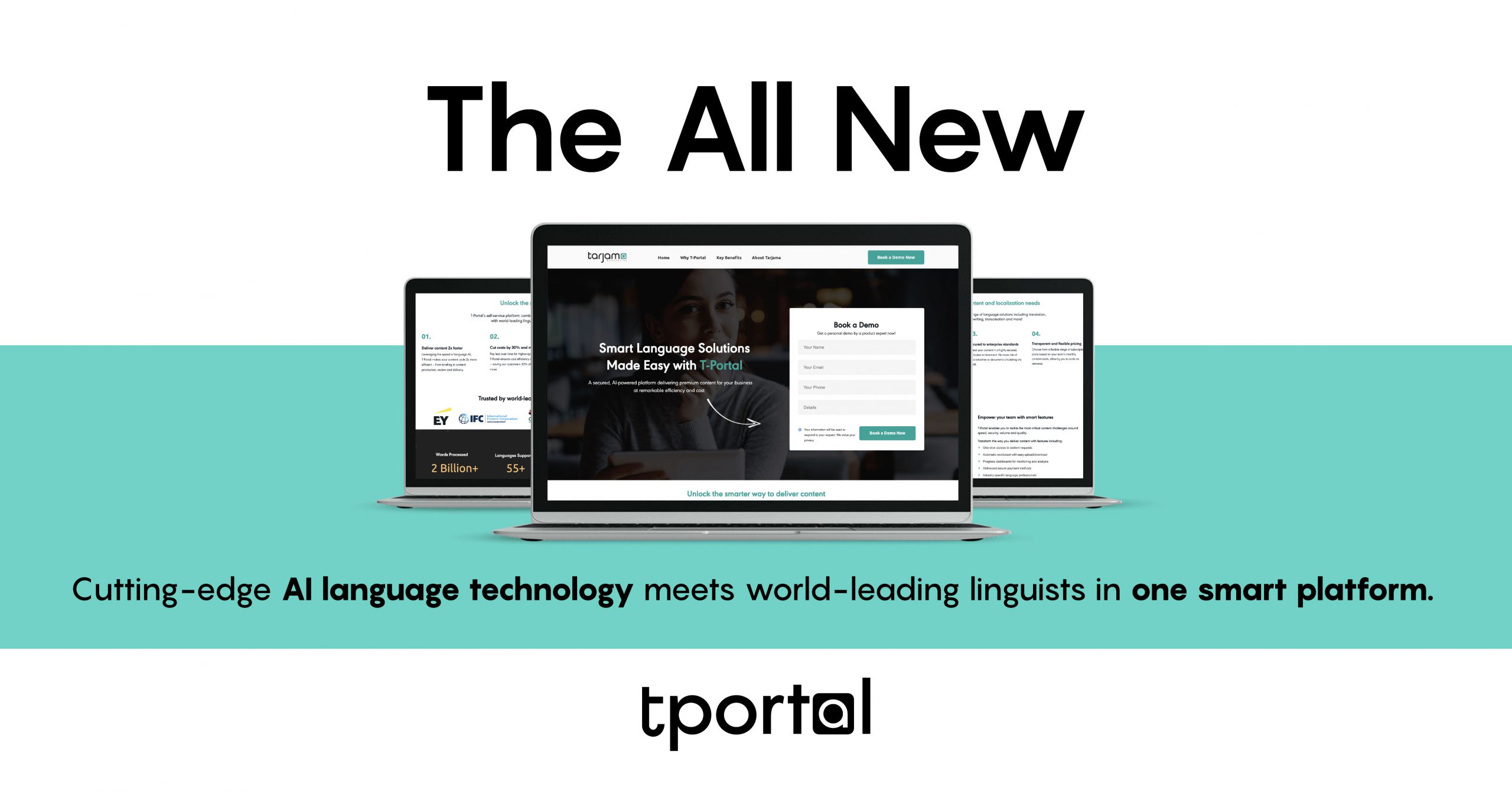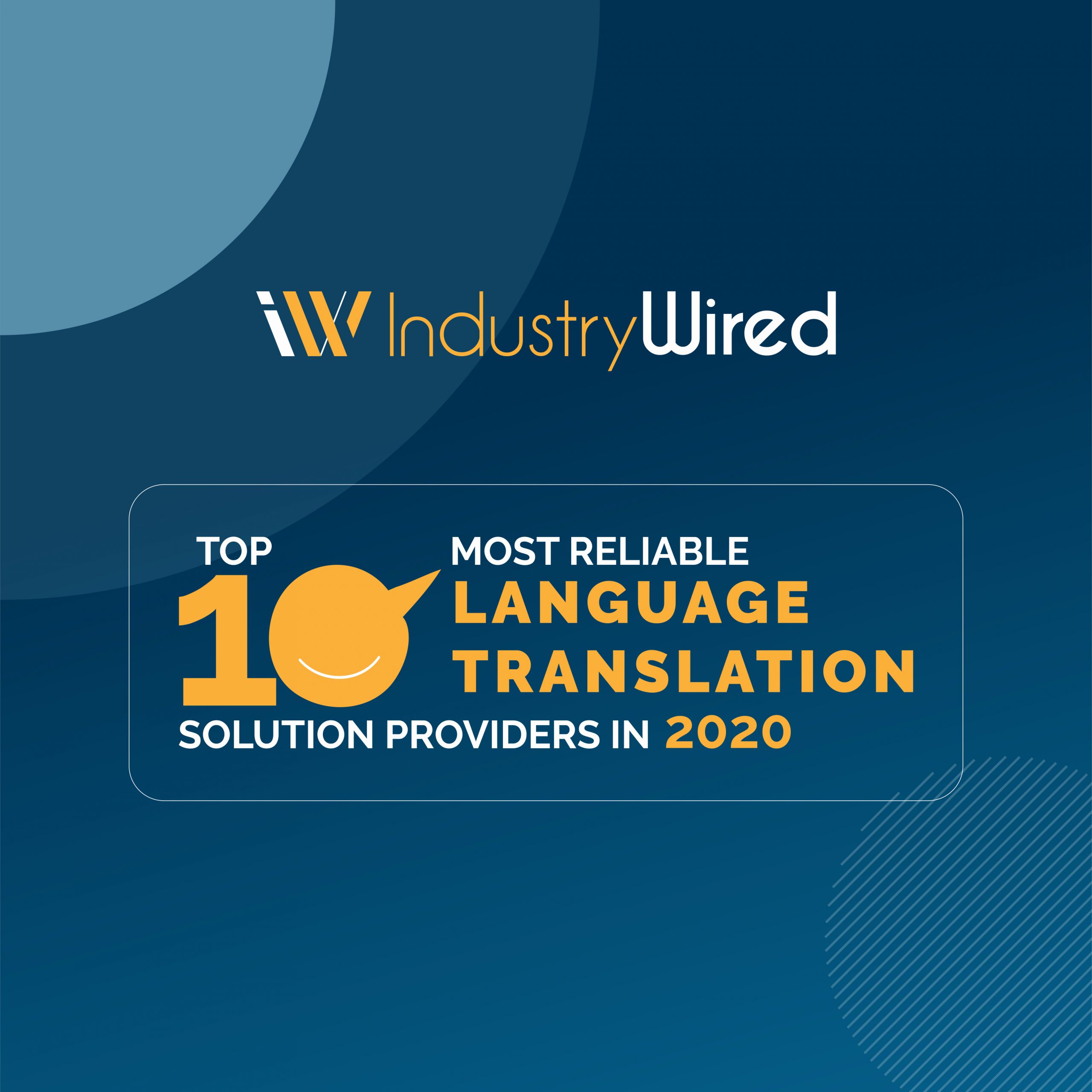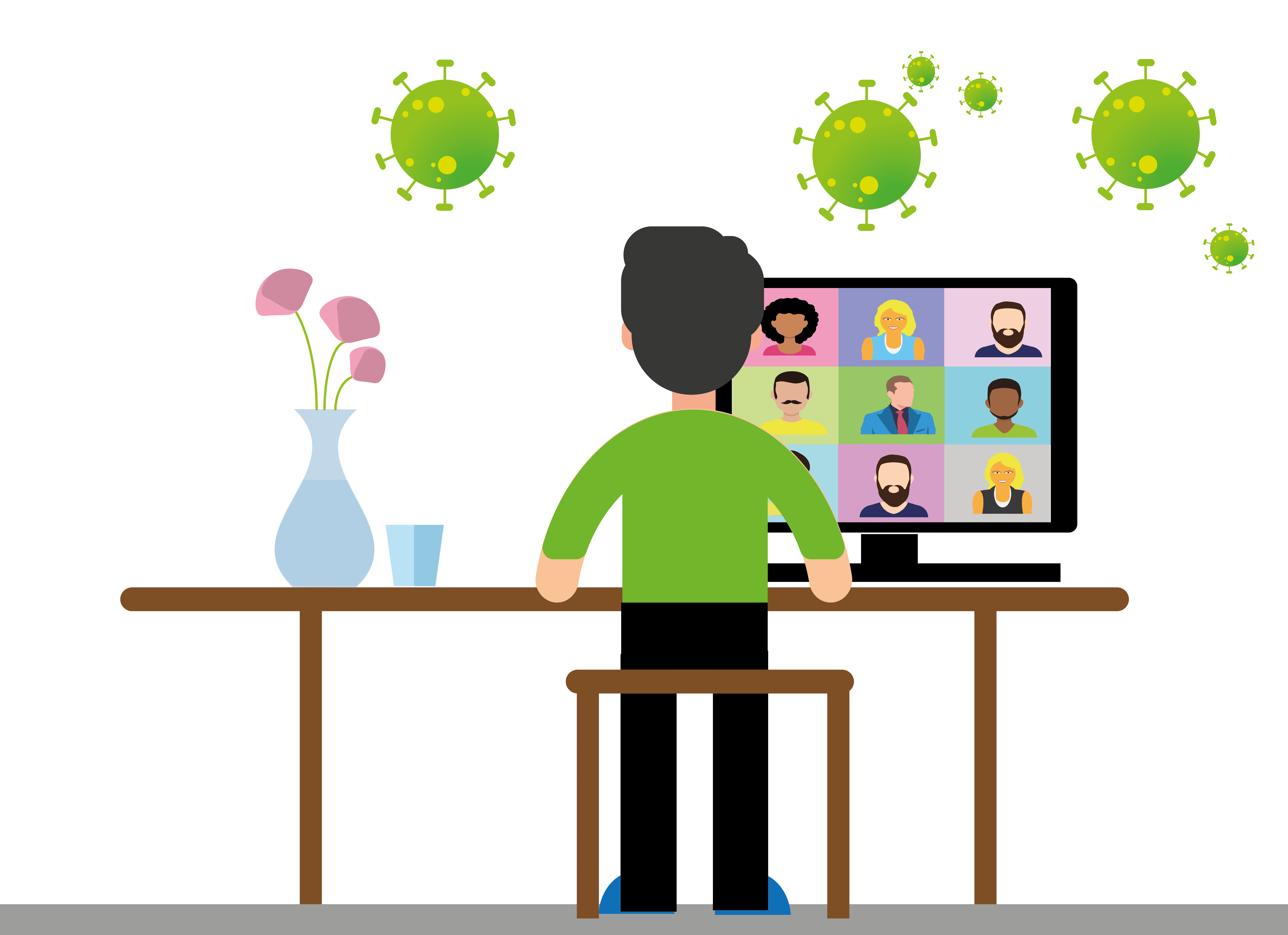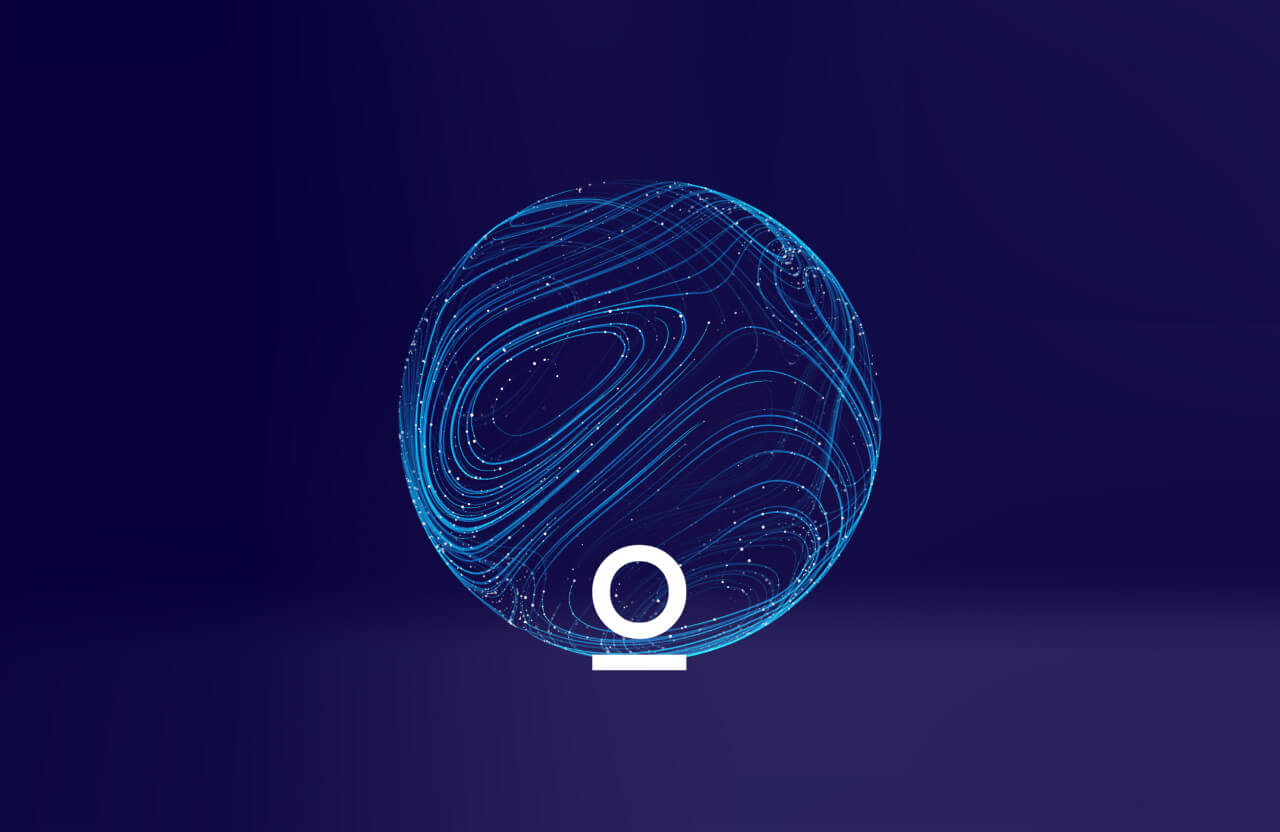Today, products and services are offered globally with no physical boundaries stopping companies from reaching international customers. The global economy is growing closer; serving global markets is more the rule than the exception. To survive in this networked ecosystem, your business needs to offer content of various kinds in several languages.
The need for multilingual content is certainly not limited to multinational companies. Would you like to open up to global markets or expand the reach of your business activity? Then you need to make your content accessible to a wider audience and take into account other languages, cultures, and backgrounds. However, as your operations grow year after year, your translation budget may remain the same. Here are some effective ways to maintain and lower your translation costs for your business.
What Affects Translation Costs?
Language service providers determine the costs first and foremost based on the number of words getting translated. Source and target languages are also important as the costs may increase or decrease depending on the language to be translated.
Prices vary according to the types of documents to be translated. LSPs examine the content of your document to determine the translation cost. If your content requires translators who are experts in different fields, the translation may cost more. The more specific and technical the terminology in your document, the higher the expense.
Translation cost also varies according to the language combination. The rarer the language combination, the higher the cost of translation. For example, the cost of translating from English to Japanese may be much higher than the cost of translating from English to Italian because there are fewer translators in the former language combination.
If translation technologies such as machine translation or translation memory are leveraged throughout the process, your cost will also be directly affected.
Furthermore, practices such as special formatting work, urgent delivery date, or special types of translation such as notarized translation, proofreading of previously translated material, affect translation costs.
Things to Consider Before Translating Your Documents
If your document includes descriptions of the same content and information in a different way each time, it increases translation cost. Because then these recurring text parts are translated again and again.
Different number formats, spaces, tabs, and line breaks are also important. You should therefore ensure that your source texts are well-structured and consistent. This includes short and clear sentences. You also should proofread the documents before sending them to the translation service provider.
A guide can also help reduce translation costs. Have you established spelling rules for names and products in your company? Are there rules for the structure and tone of your documentation and other company texts? You can summarize these rules in a document and send it to the language service provider.
How Can You Lower Translation Costs?
Translation costs can be reduced by planning ahead of time in the writing process and by keeping the costs of translation services in mind during the creation and editing of your project.
In addition, investing in translation services is extremely important to growing your business. Translation breaks language barriers and transports your brand message all over the world. It is estimated that only 20 percent of all people speak English. So, without translation, your target audience stays small and your brand excludes people.
Here are some important tips to help you improve your budget planning and control this translation budget:
Use Technology
Translation memory is a great CAT tool that helps you reuse previously translated phrases and sentences, so you don’t have to pay for the same content twice. If your LSP uses a translation memory, then your translations will be delivered at faster speed and lower costs.
Additionally machine translation systems – although they still haven’t achieved the translation quality output of translators, it undeniably plays a role in increasing the productivity of translators through Machine Translation Post-Editing (MTPE) or through raw machine translation at minimal cost.
And with the advent of neural machine translation, technology has made another giant leap forward and is getting smarter every year, further improving the cost-effectiveness of translation in general.
Consequently, from all-in-one translation management portals to computer-aided translation (CAT) tools, technology can be a huge advantage for you when it comes to reducing costs and increasing productivity.
Choose Languages Carefully
You already know that a single language is not enough to efficiently market your products and services. But which target languages should you choose? First of all, you should choose the languages of the countries in which your company is already established or has some kind of local presence, either through sales representatives or local dealers.
Next, you should look at the languages of the markets that you are actively trying to reach. You can get feedback from your sales and customers to determine the most important languages for your translations.
Finally, you should become familiar with your web analytics and check where the current traffic is coming from and whether there is a noticeable match with the languages of your website. For an effective investment, we advise you to prioritize visitors with a higher conversion rate.
Create a Company Terminology
Consistent and clear terminology also helps increase cost saving and improve translation quality. Unified terminology increases the productivity of the translator and reduces the effort involved in the management of queries from the translator, leaving you more time for more important things.
If you’re starting from scratch, your language services provider should be able to create a conceptual terminology database for your business based on the terms you use most often and populate it with target language terms and relevant data.
With your unified database and translation memory (TM), your translation costs decrease because you never have to translate the same content twice. Your language service provider also grants discounts for texts that are repeated or for which parts of the content to be translated from the TM can be reused. The quality and consistency of the content also improve. People involved in the terminology, that are translators and editors, can use the unified terminology.
Limit the Volume
Since a correct translation requires dedication and skill, we advise you to invest in the best translation service. And because translations are often billed per word, the easiest way to reduce translation costs is to reduce the number of words in a document.
Translation costs per page: For maximum cost saving, always consider the translation cost per page. This method is simple and efficient. The following strategies can help reduce the number of words in documents and thus the costs of translation services:
Limit Editing the Source Content
If your content has already been translated by the best possible translation service provider you can find, it needs changing as little as possible. Every change you make to the source text means that the corresponding segment in the translation memory has to be edited. This means that your existing translations have to be proofread, which slows down the process and increases the cost of translation services. So, you should only change content if it contains vital errors that must not be ignored.
It can also be helpful to develop a guideline that specifies what kind of errors should be corrected. This creates an efficient workflow for your team and your translator, which in turn reduces costs.
Check Your Content
Is your content still correct and up-to-date? Do they also match the message you want to convey to your customers? Or, more importantly, are your customers interested in reading and hearing them?
To optimize your translations, the first thing you need to do is adjust your content strategy by determining the goals that will allow each piece of content to be tailored to the right format and requirement. If the existing content doesn’t match what your customers expect, consider limiting your content or redefining your strategy.
Simplify Your Text
A good source text is essential for an efficient translation process. When creating new content, you need to keep in mind that your text will appear in multiple languages. The sentences should be well written, short, and clear. You should eliminate unnecessary abbreviations or jargon. You can ask for editing or a complete revision of the content and language in the source language before you deliver the text for translation.
Reuse
Reusing is an efficient way for cost saving and optimization of your translation budget. By using a component content management system (CCMS) with a topic-oriented approach to content creation, you can manage your content so that you can easily reuse the same content in several places. When you choose a structured, topic-based approach to content creation, you automatically reduce your translation cost, saving you money while increasing the consistency of your source language resources.
Set Realistic Deadlines
Last-minute inquiries and tight deadlines usually mean higher prices and lower quality. Make sure to anticipate your needs so that there is enough time for a quality check and, if necessary, a revision to ensure high-quality translations.
Work with the Same Language Service Provider
If you work with the same language service provider for multiple services, you will get better prices and discounts for future projects. In addition, a long-term partnership enables better communication in collaboration, which leads to more consistent results. You may be able to find local providers with cheaper prices for certain languages, but having a single global provider for all of your translation needs guarantees the best cost saving without compromising the quality of your content.
Paying attention to these points, you can minimize your translation costs and make significant profits in the long term. Tarjama is here to assist you in the language services world, so do not hesitate to contact us for support. We are always ready to answer your questions and give you the best service!

